National Cricket Academy Level 3 coach and former Saurashtra player Dinesh Nanavati tells aspiring cricketers that though power-hitting is the name of the game, traditional technique can never go out of fashion for batters as well as bowlers

NCA Level 3 coach and former Saurashtra player Dinesh Nanavati interacts with aspiring cricketers during the mid-day Masterclass at the Juhu Vile Parle Gymkhana recently. Pics/Nimesh Dave
 Big-hitting that causes a euphoric atmosphere at cricket grounds makes batting look easy. Far from it. Each of the willow wielders plying their trade in the Indian Premier League have worked hard on their craft to get where they are. Indeed, the art of batting is also entrenched in the most entertaining form of the game.
Big-hitting that causes a euphoric atmosphere at cricket grounds makes batting look easy. Far from it. Each of the willow wielders plying their trade in the Indian Premier League have worked hard on their craft to get where they are. Indeed, the art of batting is also entrenched in the most entertaining form of the game.
How is it done across all formats? What are the scoring areas? What are the pitfalls? We thought of getting a reputed coach like Dinesh Nanavati, a former Saurashtra batter-wicketkeeper, to address these issues that challenge young cricketers.
Although Nanavati turned up for Saurashtra, he played all his cricket in Mumbai—for State Bank of India on the inter-office circuit and Khar Gymkhana on the club scene.
Edited excerpts from the mid-day Masterclass session held recently at the Juhu Vile Parle Gymkhana’s cricket facility.
How did you get into coaching?
During the last few years of my playing days, many people advised me to start coaching, but I resisted as I did not want to start something I didn’t know in totality. Then an opportunity came my way in 1993-94 when the Mumbai Cricket Association started Level ‘A’ courses and among the faculty was Vasant Amladi, a great coach. I stood first in that course and that’s how my coaching journey began. In the 1994-95 season I was offered the job of coaching the Mumbai U-19 team.
Also Read: IPL 2024: Struggling RCB aims for season's second win against in-form RR
The [coaching] journey then took me to the NCA [National Cricket Academy] where I became a Level 2 coach and stood first across the country. Later came Level 3 and I stood third in that examination. My [coaching] journey is still continuing and I’m still learning.
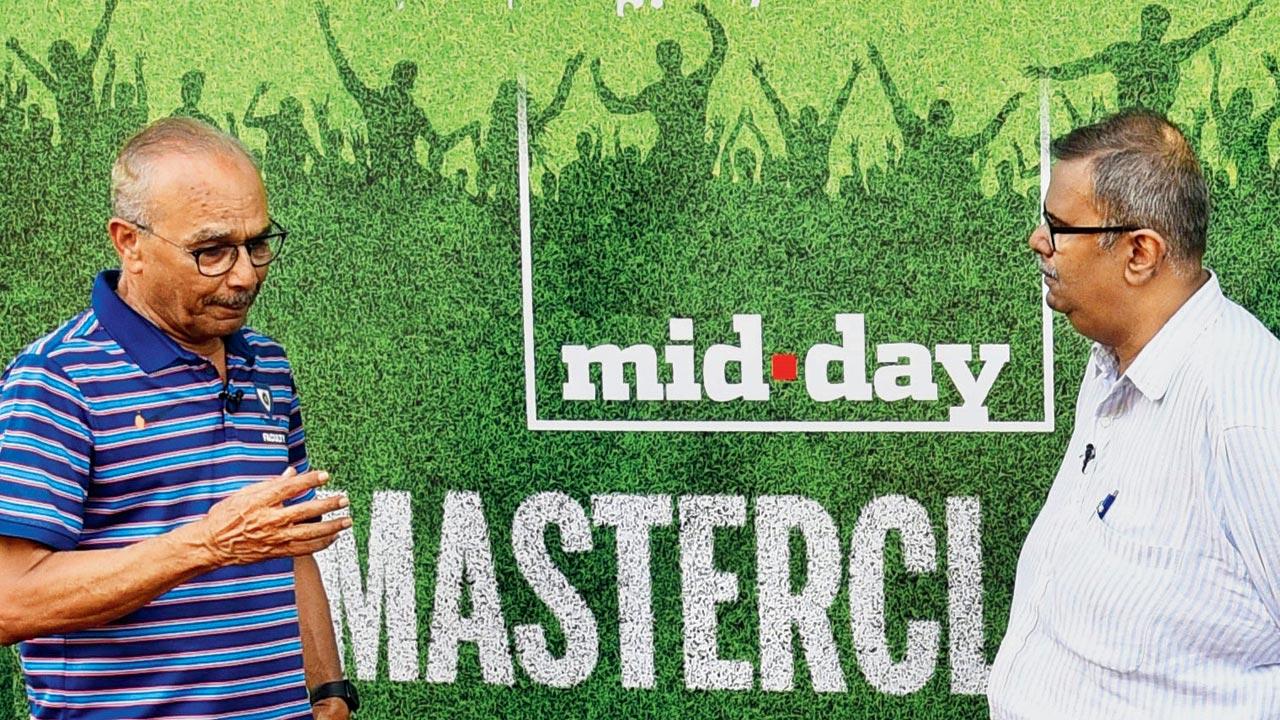 Dinesh Nanavati interacts with mid-day’s Group Sports Editor Clayton Murzello
Dinesh Nanavati interacts with mid-day’s Group Sports Editor Clayton Murzello
The game has obviously changed over the years but how has coaching changed?
There are two thoughts in my mind. The first is that me being an old timer [74], I feel all those things that I’ve learnt and practised over the years, still holds good. But then, there are new methods now. It’s mostly about power-hitting. Everything is related to power, and many people are practising this too. They are getting physically ready, they go to the gym and spend a lot of time there to become fit. They also spend a lot of time in the nets to develop certain strokes. So now, though reverse sweeps are going for sixes, the basics will never change.
And what are these basics?
The basics are and will remain the same as they were 200 years ago. Like, the way you hold the bat. The way you go forward, the way you go backward or the way you hold the ball as a bowler. Nobody holds the ball cross-seam unless they want to bowl a bouncer. But that’s only when variations come into the picture. Otherwise, pure technique still holds its ground and will continue to do so.
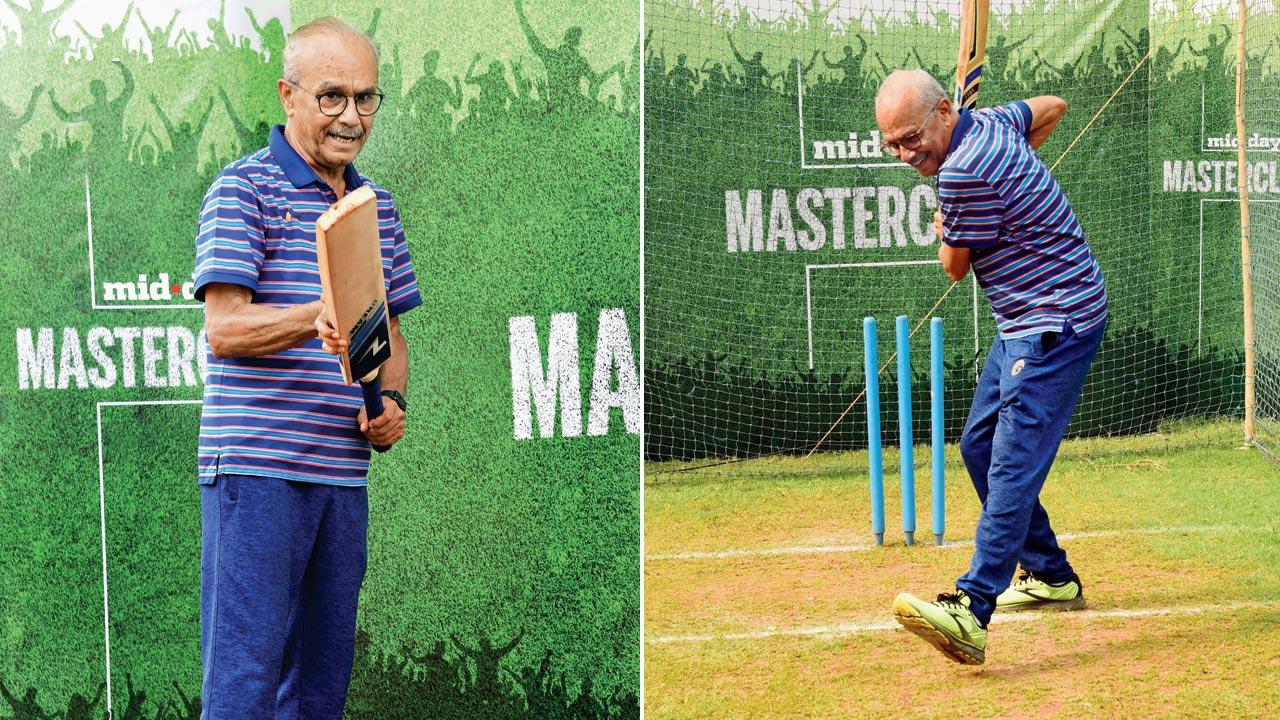 Dinesh Nanavati; (right) Dinesh Nanavati shows the perfect technique to execute a drive
Dinesh Nanavati; (right) Dinesh Nanavati shows the perfect technique to execute a drive
Do you feel cricket has become a more attractive game now than it was in the 1960s and 70s?
If you look at it in terms of hits to the boundary, and over the boundary, then yes. But our recently concluded home Test series against England gave us a very good example of how cricket should be looked at. The Indian team lost the opening Test at Hyderabad but still bounced back and won the series. This type of cricket is still held in the highest esteem. Test cricket is always going to be the pinnacle. There is T20 and now even T10 has come about [smiles], but Test cricket is the real thing. Everyone says that, every top cricketer believes that.
You began in an era when you had to play the ball along the ground, anything above the waist was taboo. Tell us about that.
When I take a class at NCA, I often narrate an interesting story to my students. I tell them that in my time, in Sunil Gavaskar’s era and even before that, if the first six batters hit the ball six inches above the ground, they were not considered batters. But now, if the first six batters don’t hit the ball in the air, they are not considered batters. So, this is the huge change. It’s a complete reversal of the batting mindset. But that’s okay, times have changed. Players have to live with this kind of batting. But I still believe classical batting is along the ground. I’m not saying that you don’t have to hit the ball in the air. Even in Test matches, red-ball cricket, players do hit the ball in the air, but not that frequently. So, according to me, classical Test cricket is the biggest attraction. You will be surprised to know that I rarely watch an IPL match, and in the stadium...never. But I do watch Test matches because that is where, as a player or a coach, you get to learn so much. Sometimes, in a single session there are so many ups and downs that you feel you can learn everything about the game in that session.
You talk about attackers of the ball. In your time, which players hit the ball in the air?
The first name that comes to my mind is Sunil Gavaskar’s opening partner Ramesh Nagdev. He was very attacking. Then came Ramnath Parkar and a few others. It’s very difficult to give more names because you can count them on your fingertips since hitting in the air was not looked upon well in those days. They were considered non-batters and outcasts. They would be told ‘you are not supposed to open. You go at No. 7 or 8 or whatever.’
How much of a difference does good equipment make nowadays?
Good equipment makes a huge difference—the quality of bats, the bulge parts, the edges. Also, the leather quality of pads and gloves, especially wicketkeeping gloves. The leather quality is so good that nowadays you can buy a pair of wicket-keeping gloves today and start playing tomorrow. It fits that [easy] and snugly. I used to be a wicketkeeper and in those days, the wicketkeeping gloves would take two to three months to break. I had to tie it with a string and put it under some heavy weight so that it would eventually take the shape of the hand. It would take a few months for the gloves to take the shape of my hands. Nowadays, I see wicketkeepers walking between the overs, with their fingers stretched out. In our days, wicketkeepers always walked around with cupped hands.
Dinesh Nanavati solves cricketing problems: ‘Power-hitting does not mean blind-hitting’
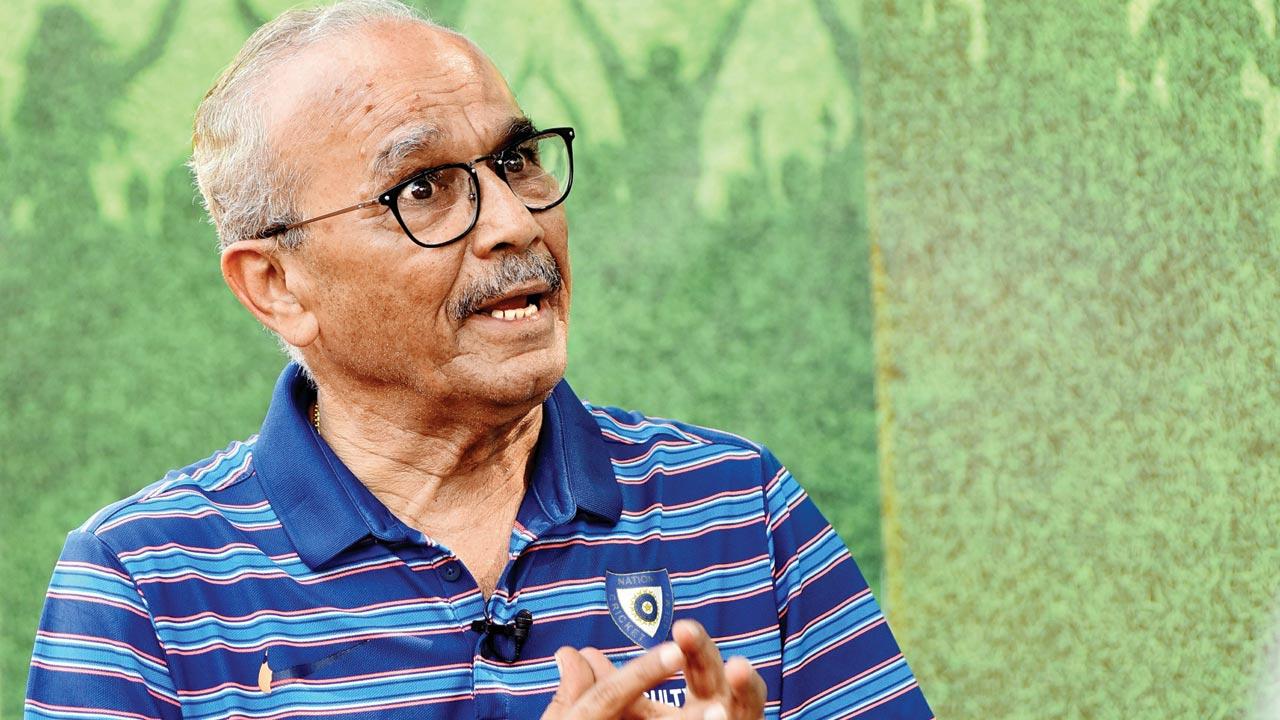
ADVERTISEMENT
Pranay Kapadia

Why is aligning of the feet so important when it comes to a batter’s stance?
If you’re feet are misaligned, when you make your initial movement, your shoulder goes too far wide towards the on-side and this makes it difficult for your front foot to come to the off stump or near the line of the ball. So, you end up keeping your front foot around off and middle, and when you try to play away from the body, you edge the ball and get caught behind. Even if you hit the ball properly, it will only roll towards backward point. The ball will never go where you want it to. [If feet are aligned] it ensures lesser distance and makes it easier to go outside the off stump where most of the balls are going to come.
Shaun Rodrigues
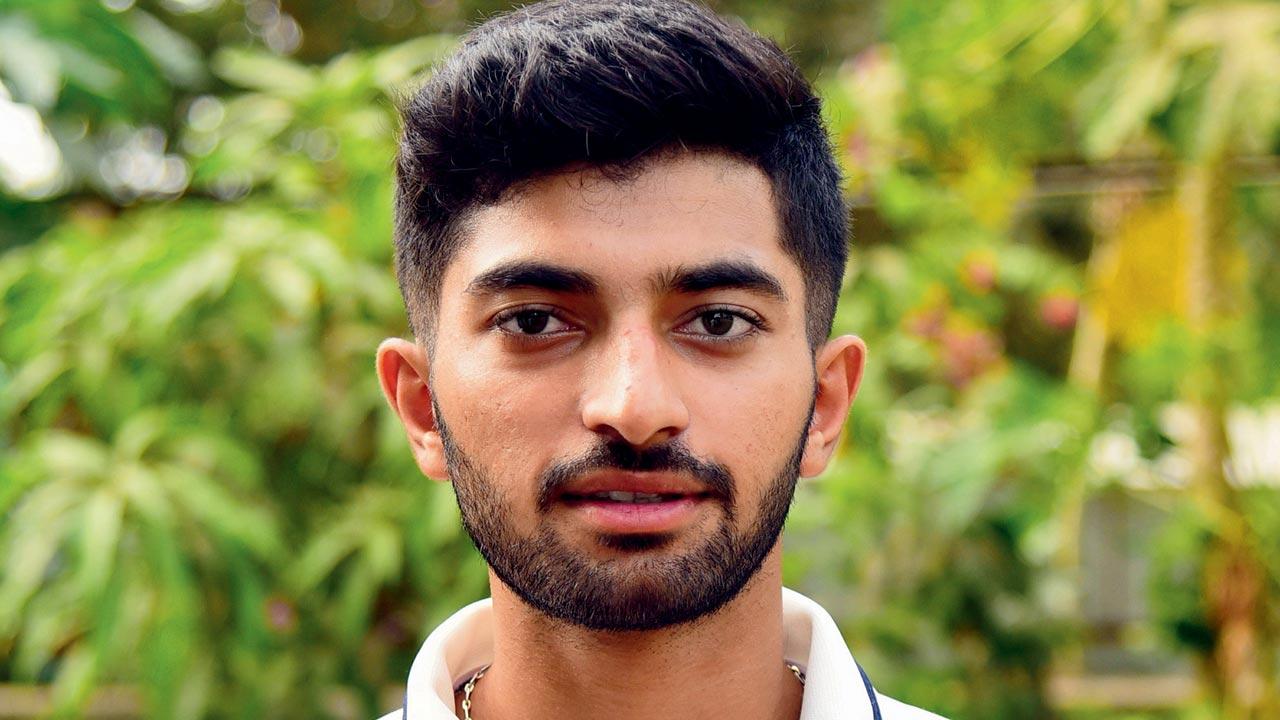
In T20s, we [batters] have a tendency to hit the ball very hard due to which our eyesight [vision] is disturbed. How does one deal with this?
This happens in T20 cricket and not in the longer version. The idea is always to watch the ball till the end, but since T20 is a shorter format, if you are batting lower down the order and you have only around four or five overs left, you don’t have time to get your eye in. This results in pre-meditated shots or blind hitting which you should never do. Ideally, you should tell yourself, ‘Okay, I have these many balls, my role is this and I will try to play two balls quietly and then I will open up.’ So you need to face those two balls properly [get your eye in]. Then you can launch into whatever you want to.
Yash Jadhav
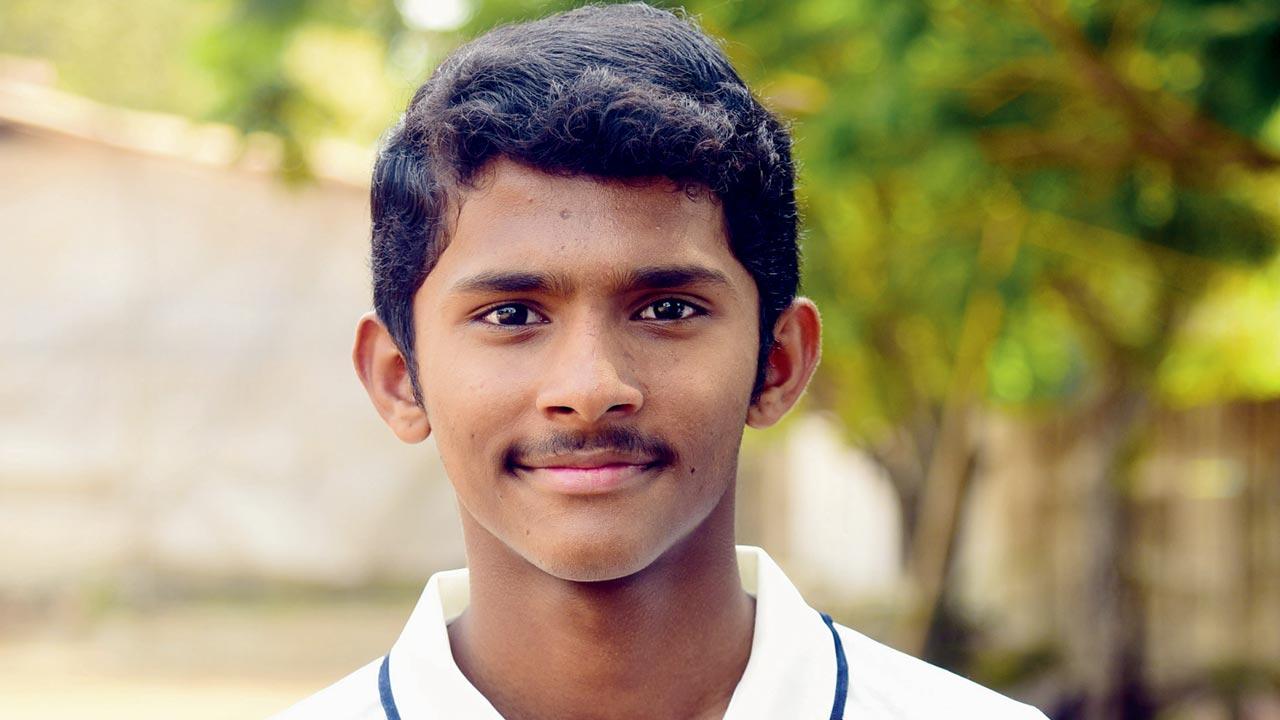
Being a wicketkeeper, I find it difficult to take catches down the leg side. How do I deal with this?
This could be a problem for most wicketkeepers, but you can overcome this with quick footwork. A good wicketkeeper must have quick footwork. You can also try this training drill. Basically, a wicketkeeper finds it tougher to collect the ball on the leg side than on the off because there is a batter in between. So, you should place an obstacle in between to blind your view for a fraction of a second and then try to catch. You could put a chair and ask someone to deliver the ball under it and then you move and try to collect the ball. This drill will help you get better at catching on the leg side.
Atharva Mayure

While playing the on-drive my head falls. How can I avoid this?
When you play an on-drive, the ball is of a fuller-length, somewhere around leg and middle. So it’s a flick shot. You should dip your shoulder immediately on seeing that the ball is fuller and then try and play the ball. Sometimes, the shoulder moves vertically upwards and hips move horizontally across, and if this happens, you end up playing across and you feel your head has fallen. No, the head doesn’t fall while playing the on-drive. So, you should drop the shoulder, hit the ball straight.
Samyak Gadhire
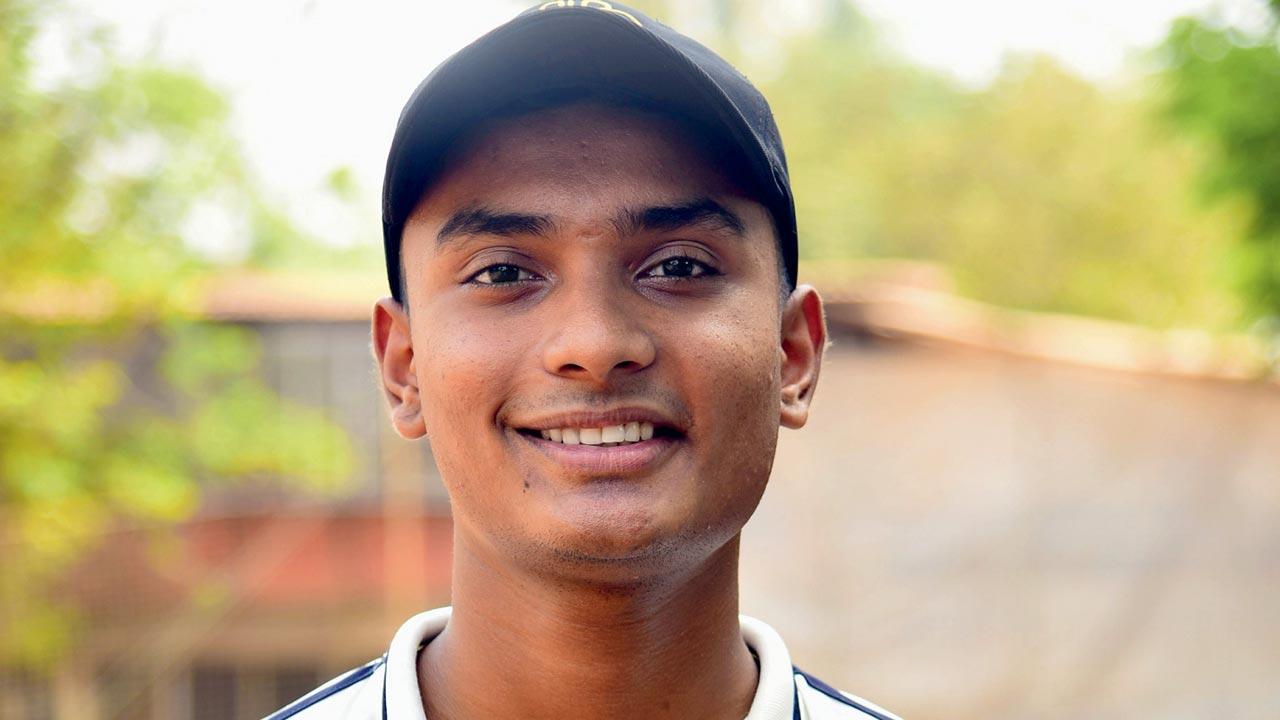
Being a left-handed batter, I find it difficult to face off-spinners. What are the areas where I can score runs against offies?
The balls going away are a problem for everyone. You need to get as close to the ball as possible. About which shots you can score off, you cannot play drives once it’s turning. So, try and play with soft hands and wait to score off the loose balls. The cut and pull against the short ball are scoring shots. Also, once an offie starts getting turn, their tendency is to shift their line. Here you have a chance. Anything on the leg stump, you can sweep.
Pratham More

As a leg spinner, how do I set up a batsman [for a dismissal]?
When you are trying to set-up a batter, you cannot have five different balls. You need to have a consistent line and length. The most important thing for a spinner is to always keep the batter on the front foot. Never allow him to go back and cut. So, keep making the batter play your consistent line and length and somewhere in the second or third, bowl a googly. That’s how you set up a batsman.
Prasoon Singh
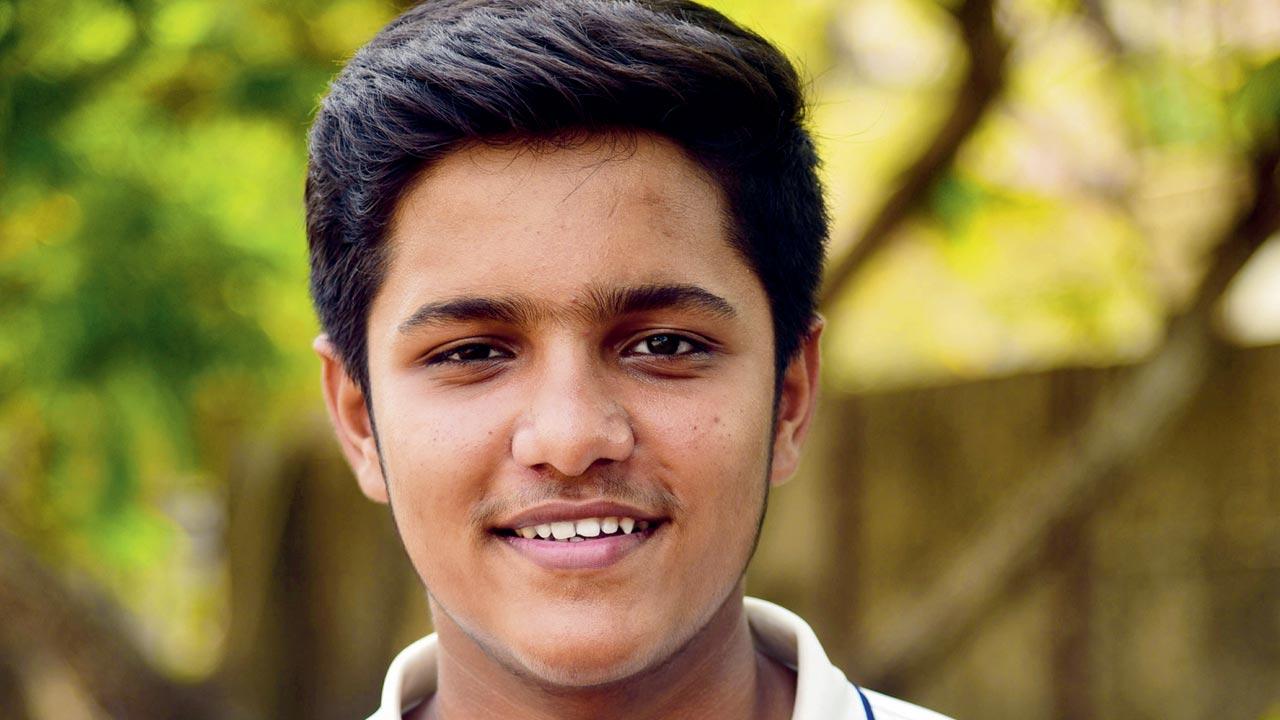
As an off-spinner, how do I read a batter’s mind?
It’s very difficult to read anyone’s mind. So, as a bowler, you have to control the controllables. The batter is not in your control. You need to rely on your technique, your abilities, your skillsets. You need to observe the batter’s movements, whether he’s quick on the feet or whether he tends to hang back to play on the backfoot or if he sweeps more, and then devise your plan.
Aditya Giri
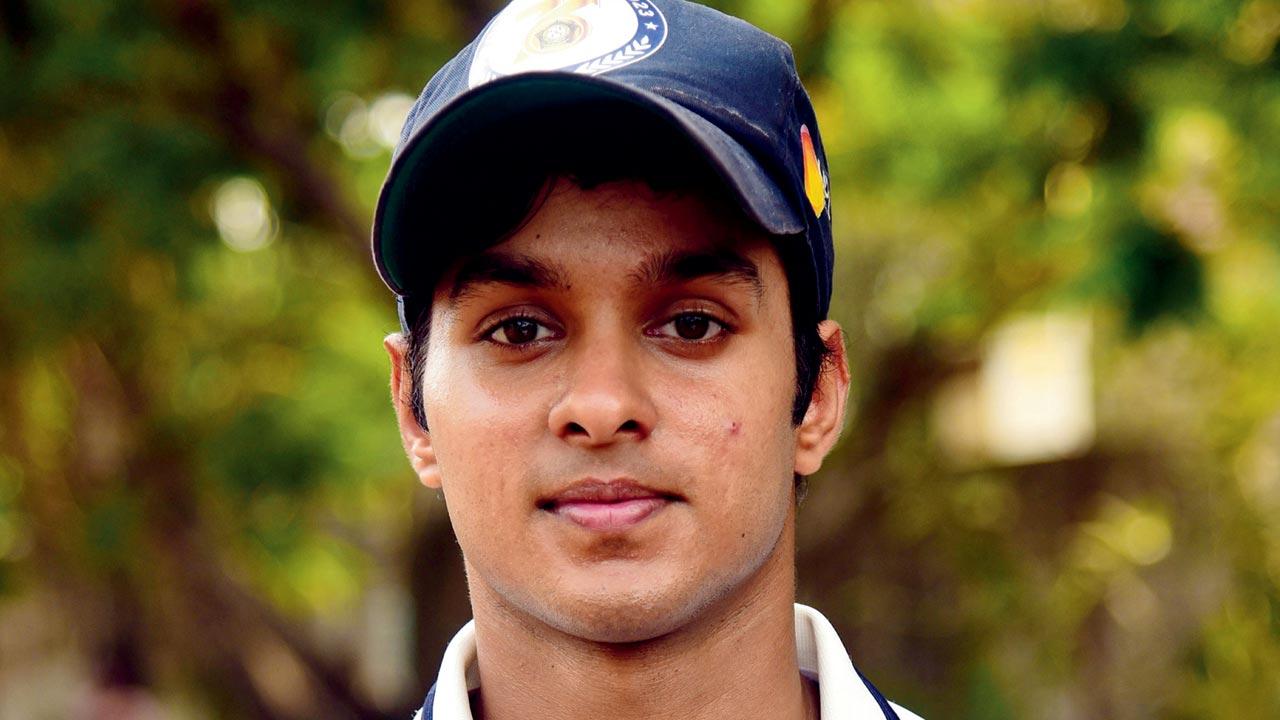
What should be the modern day approach to batting?
Since you’re playing in an era where it’s all about power, that’s how you’re approach should be. But power-hitting, doesn’t mean blind hitting. If you have decided that I’m going to hit this bowler here, here or here, you should take your position accordingly before the ball is released. And this depends on how you practise. If you need a power game, you must practise accordingly. You must find an area where you’re strong or where you can convert those big shots. Nowadays, most people practise in the open ground. You must know the angle at which the ball is being delivered and then try and select the areas [where the ball is to be hit] and practise accordingly.
 Subscribe today by clicking the link and stay updated with the latest news!" Click here!
Subscribe today by clicking the link and stay updated with the latest news!" Click here!








